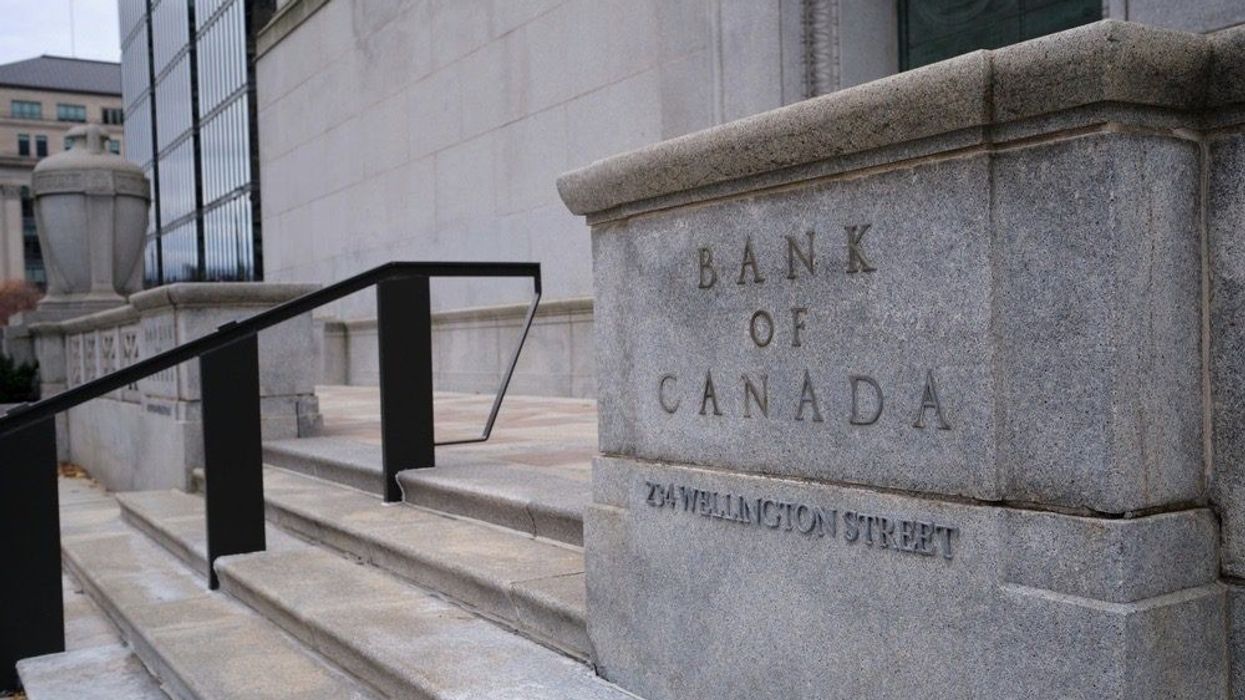In the wake of a ninth interest rate hike -- which took some experts by surprise just weeks ago -- the Bank of Canada (BoC) has shed a little light on the discussions that premeditated June’s divisive decision.
Amongst the topics of deliberation, was, unsurprisingly, housing. And namely, the resale market’s role in the most recent inflation measure, which saw Statistics Canada’s Consumer Price Index (CPI) edge up 4.4% in April.
“Governing Council agreed that the economy remained clearly in excess demand and that the rebalancing of supply and demand was likely to take longer than previously expected,” reads a note from the Bank, released Wednesday. “More recent data, particularly the increase in housing resales, suggested additional momentum in household sector demand. Growth in the second quarter was therefore viewed as likely to be stronger than forecast in the April MPR.”
Despite the three-month-long growth in housing resale prices, which feed into the CPI with a one-month lag, the BoC’s overarching expectation was that inflation would slip to around 3% in the summer.
“However, the trends in the core inflation data raised doubts about the strength and durability of ongoing disinflation and increased concerns that inflation could become stuck at a level materially above the 2% target,” states the Bank.
In the meeting with Governor Tiff Macklem, Senior Deputy Governor Carolyn Rogers, and Deputy Governors Paul Beaudry, Toni Gravelle, Sharon Kozicki and Nicolas Vincent, wider economic variables were discussed -- many of which were also considered ahead of April’s decision.
This included consumer demand proving “more robust” than expected. Governing Council dug into some of the reasons why the economy proved so resilient, pointing to a delay in the full effects of past monetary policy tightening, pent-up demand for services and improvements in supply chains for goods, excess savings and tight labour markets, strong population growth, and seasonal adjustment factors.
“While it was impossible to declare any one explanation as predominant, members were of the view that with the resurgence in household spending growth, the pickup in consumer confidence, and the slowing in disinflationary momentum, monetary policy did not look to be sufficiently restrictive.”
As we now know, Governing Council opted for a 0.25% increase to its policy rate at June’s meeting, bringing it up to 4.75%.
“At the June decision, enough evidence had accumulated since January to convince them that policy needed to be more restrictive to rebalance supply and demand in the economy and bring inflation all the way back to the 2% target,” explains the Bank in yesterday’s note.
This was the first raise since January and experts are cautioning that it won’t be the last.
The next interest rate decision is slated for July 12, 2023. A monetary policy report is also scheduled for release at that time.





















